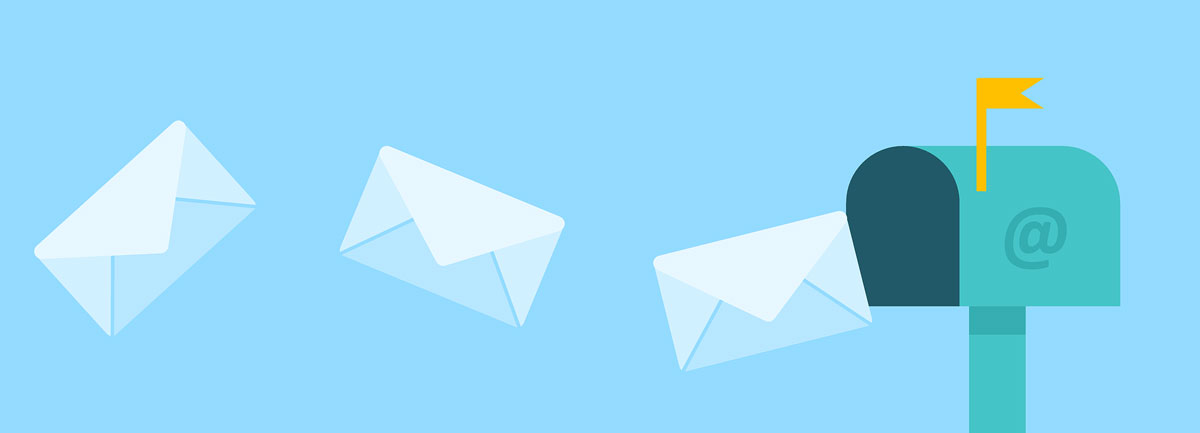How many times have you received an email from a business and your response is “this has nothing to do with me, so why did I receive it?”. This is what happens when messages are not personalized and are sent to everyone. It annoys the recipients and creates follow up fatigue for salespeople and business owners.
Let’s put this into perspective with our fictional business, Ken’s Kitchen. Ken uses his CRM to send messages to his customers. In recent articles, we shared how Ken can use his CRM to strengthen his brand from asset usage to branded templates. Ken has taken the steps to bring brand consistency through his CRM, but he continues to send the same message to everyone. In one instance, he sent out a special for new kitchen cabinets to everyone in hopes that leads and customers with aging cabinets or who are interested in a remodel will call him to schedule an estimate.
This sounds great, except that he also sent to customers who just had a remodel done by him in the past few years. Some were annoyed that they were getting this offer after spending thousands of dollars for Ken to remodel their kitchen. Other customers with a recent remodel unsubscribed. In both instances, he negatively impacted the possibility for future business with those customers. This happened because he did not personalize his messages.
Why is it so important to personalize your messages and why will it make all the difference in the world?
Personalized messages speak to leads and customers according to where they are in the Buyer’s and Customer’s Journey. Ken did not understand this important aspect of nurturing leads and customers. He thought he just needed to get content out there. After all, out of sight, out of mind, right? This strategy was hurting his business. He was losing business rather than retaining it, because he was not speaking to the personal needs of his customers.
Like Ken, it is easy to fall into the trap of publishing content for the sake of publishing content. This produces follow up fatigue and often puts you into a reactive mode by trying to convince and/or re-establish a trusting relationship. However, there is one simple function in Ken’s CRM that can change how he does business.
Personalize through segmentation
Segmentation allows Ken to set variables based on his customers’ buying behavior and his leads’ needs. Ken began to segment so that instead of annoying leads and customers, he was nurturing them. He saw a difference right away. Let’s look at a couple of ways that he segmented his contacts in his CRM and how he personalized messages:
- Customers who had a remodel completed in the last year. This segment does not need a remodel again. Their main concern is upkeep so that they can enjoy their kitchen for years to come. Ken created messages with automation (30, 90, 180, and 365 days) that explained the warranty and tips to keep the kitchen cabinets looking good and functional.
- Customers who signed up for a maintenance plan. This segment receives reminders when yearly appliance inspection is due. He is not trying to sell them new appliances. Instead, he is helping them maintain the current appliances they had Ken install.
- Customers with aging kitchens. If Ken has repaired kitchens that exceed 15 years in age, Ken sends messages that encourage the customer to consider a remodel by showing the benefits and value.
- Leads who have an open estimate for a remodel. This segment receives automated emails that lead them in the buyer’s journey. Email messages include remodeling vs replacing, cost benefits, in the long run, increase in home value, and how a remodel works. As a bonus, this segment may receive additional offers to save money on a remodel.
These are just a few of the segments that Ken created. When he started personalizing messages for his segments, he saw an increase in sales because the messages were relevant and addressed the segment’s needs. This one simple feature in his CRM which he began using made all the difference in the world.
Conclusion
It is easier to create a single message for everyone to your contacts, both leads, and customers. Here’s another way of saying it. That single message is a shortcut that saves you time at the moment, but we all know about shortcuts. In the long run, they often cause more trouble. In the case of business, shortcutting your email messages will cause you to lose business.
We recommend that you look at your contacts and group them together by segment, like Ken, and send a personalized message that nurtures each segment. If you have questions about segmentation or would like to schedule a demo of X2CRM and see how segmentation works, contact us at 301-332-0613.[/vc_column_text][/vc_column][/vc_row][vc_row][vc_column][vc_custom_heading text=”More CRM Topics” font_container=”tag:h2|text_align:center” use_theme_fonts=”yes”][vc_empty_space][vc_basic_grid post_type=”post” max_items=”2″ element_width=”6″ orderby=”rand” grid_id=”vc_gid:1637006134541-364e9a00-3ef5-8″ taxonomies=”4″][/vc_column][/vc_row]





